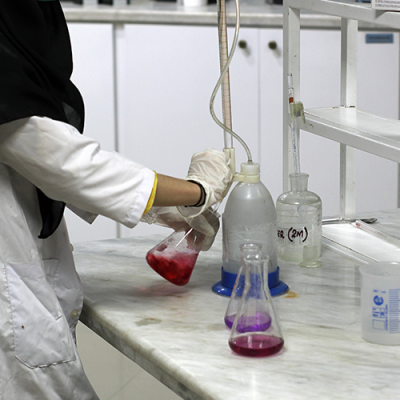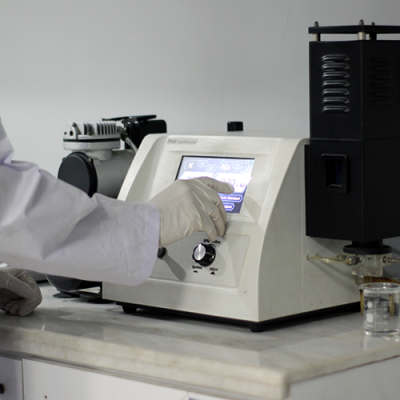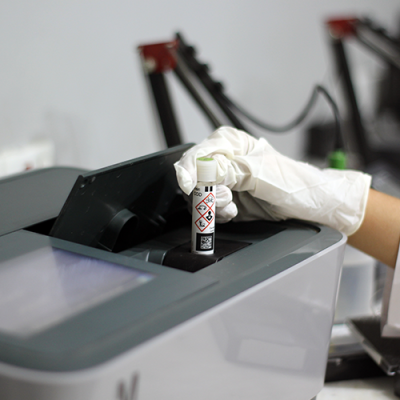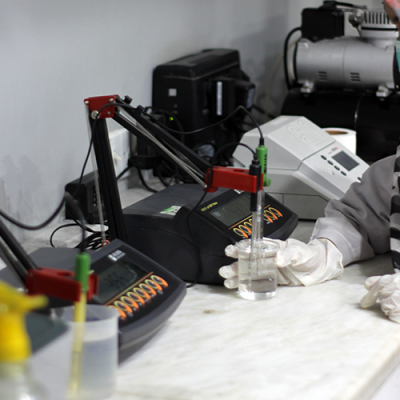
TESTING PARAMETERS
The quality of water is essential to every sector, even the most minuscule impurities or contaminations can result in products that are tainted, loss of productivity, damage the equipment, and a loss in infrastructure. Here are some of the parameters we help test to avoid such problems for our clients





